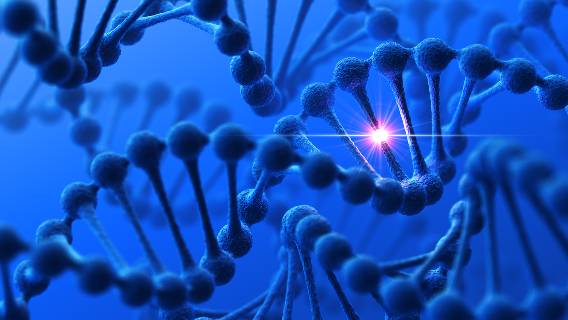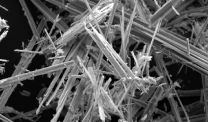New BAP1 Finding Could Be Key to Regulating Mesothelioma
Research & Clinical TrialsWritten by Dr. Michele Carbone | Edited By Walter Pacheco

Mesothelioma is a rare cancer most often caused by exposure to asbestos fibers. Our researchers at the University of Hawaii Cancer Center have discovered how asbestos causes mesothelioma, which we linked mainly to the protein HMGB1.
After several years of studying a unique mesothelioma epidemic in Cappadocia, Turkey, we noted that in certain families, up to 50% of family members developed mesothelioma. We demonstrated that susceptibility to mesothelioma was transmitted genetically from one generation to the next.
Following this discovery, several U.S. families with multiple mesothelioma cases contacted us and asked for help. Studying these families, we discovered their mesothelioma was caused by inherited germline mutations of a gene called BAP1, transmitted from one generation to the next. The chance of inheriting the mutation is 50%, and those who inherit the mutation are affected by this cancer.
Identifying mesotheliomas developing in carriers of germline mutations of BAP1 and possibly of other genes is essential. These patients have a significantly improved median survival of six to seven years from diagnosis because they respond well to therapy. Moreover, some patients survive 10 to 20 years and eventually die of other causes.
Discovering the Link Between BAP1 and Mesothelioma
Asbestos in the pleura or peritoneum encounters mesothelial cells and releases the HMGB1 protein outside the cell. HMGB1 attracts inflammatory cells and starts chronic inflammation. This inflammation persists over the years as asbestos fibers are not easily removed.
More asbestos fibers may also reach the pleura in workers professionally exposed to asbestos. Chronic inflammation increases the average rate of DNA mutations. Over the course of many years, this process may cause mesothelioma.
There is a 20- to 60-year latency period from exposure to asbestos to when mesothelioma develops. In mice, the daily administration of aspirin reduces HMGB1-driven inflammation and the incidence of mesothelioma.
Germline mutations are present in each cell of the body since birth. Individuals carrying germline BAP1 mutations are affected by the BAP1 cancer syndrome we discovered. Nearly 100% of them develop cancer, often multiple cancers, during their lifetime. About 30% of them develop mesothelioma. Other frequent cancers in carriers of germline BAP1 mutations are eye and skin melanomas, renal cell carcinomas, breast cancer and, less frequently, different cancer types.
BAP1 is the most frequent but not the only gene that, when mutated in the germline, can cause mesothelioma. In further studies prompted by our discovery of BAP1, we and other laboratories in the U.S. and abroad found that about 12% of mesotheliomas develop in individuals that carry germline mutations of BAP1 or other genes.
New Clinical Trials for Patients With BAP1
The U.S. National Cancer Institute has recently opened two clinical trials at its medical center in Bethesda, Maryland. Patients affected by mesothelioma carrying germline BAP1 mutations are eligible. They and their affected family members, those who inherited a BAP1 mutation regardless of whether they already developed cancer, receive free screening for early cancer detection.
Because they are at high risk of developing multiple cancers, this screening can be lifesaving. Moreover, if they require therapy, it is provided at no cost. The federal government covers travel and lodging. This is a terrific opportunity for mesothelioma patients and their families carrying germline BAP mutations to receive free, top-notch medical prevention and care in one of the most advanced hospitals in the U.S.
BAP1 Increases Mesothelioma Risk and Survival
In addition to the mutations in the germline of a fraction of mesothelioma patients, we discovered that 60%-70% of all mesotheliomas contain BAP1-inactivating mutations. Thus, BAP1 is the most mutated gene in mesothelioma, underscoring the importance of this gene in preventing mesothelioma.
Most of these mutations are acquired, which means they occur during the carcinogenic process that leads to the development of mesothelioma. Some are already present since birth in the germline.
Mesotheliomas that carry acquired BAP1 mutations tend to be associated with slightly improved survival compared to mesotheliomas that do not contain BAP1 mutations. However, when BAP1 mutations are present only in the tumor cells, survival does not approach the much more significant improved survival seen in patients who carry BAP1 mutations in their tumor cells and their germline.
On the one hand, carriers of germline BAP1 mutations are very susceptible to developing mesothelioma. On the other hand, most of them seem able to fight mesothelioma, living for several years. We hope that if we figure out how they fight cancer, we can help all patients fight mesothelioma and maybe all cancer.






